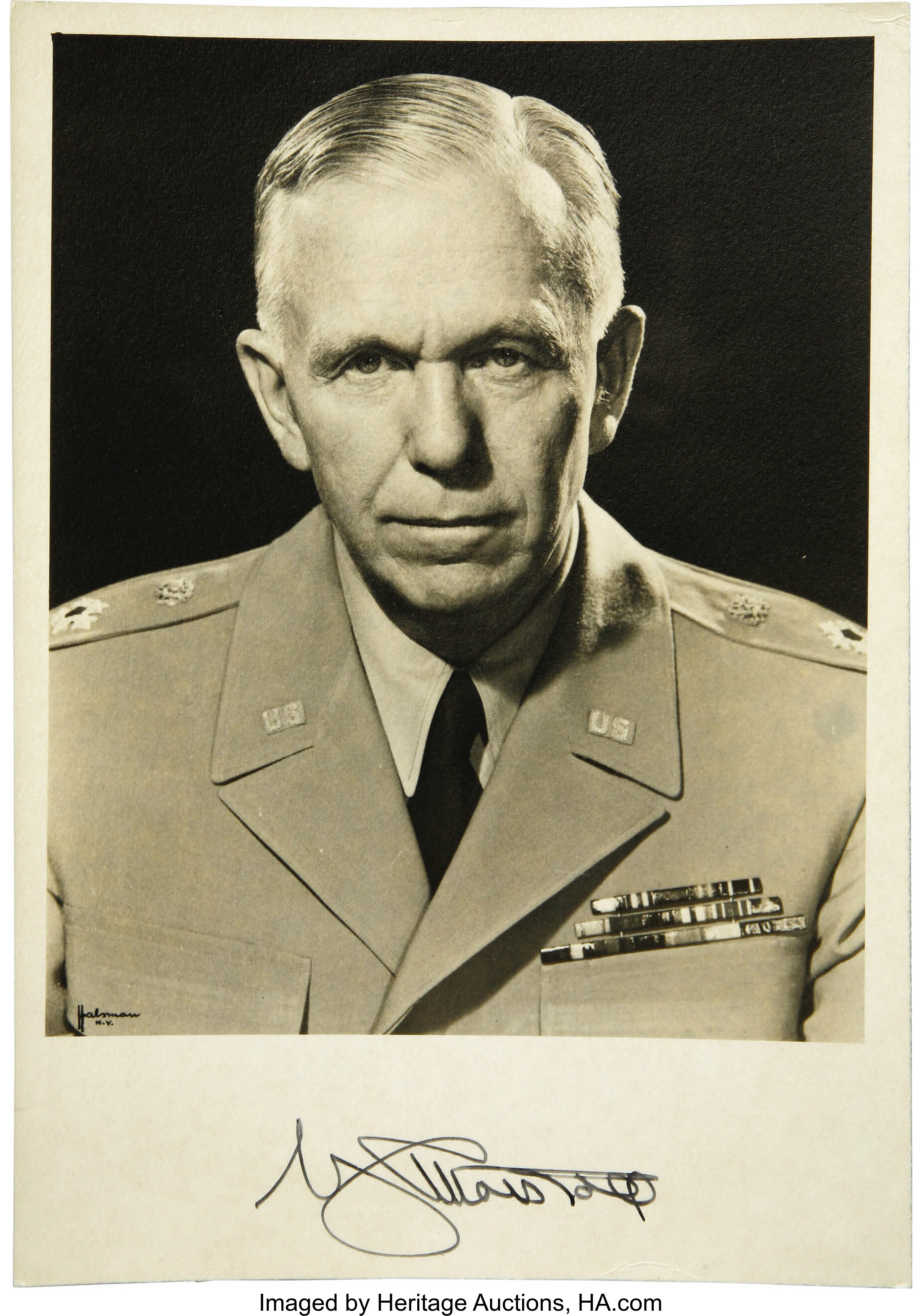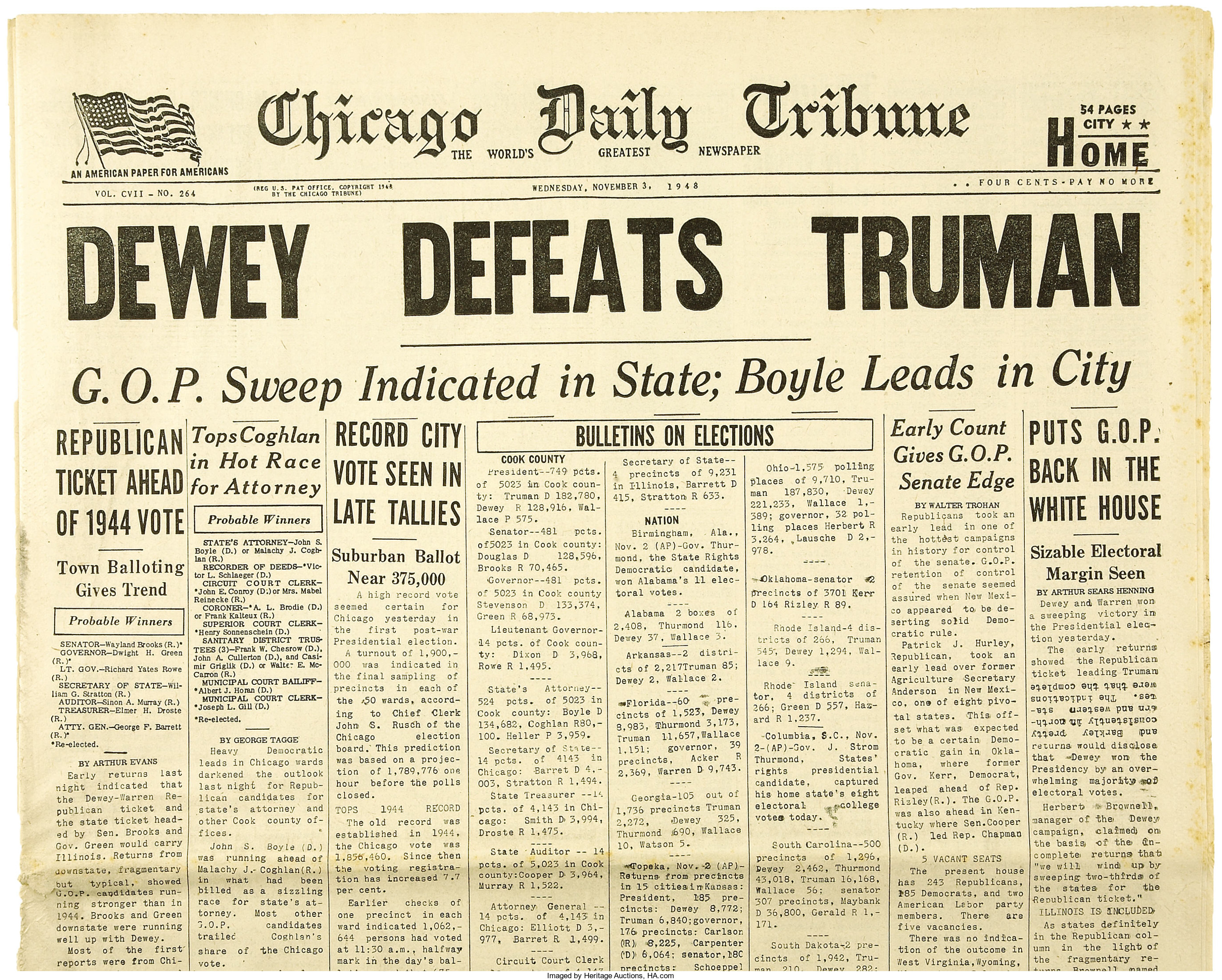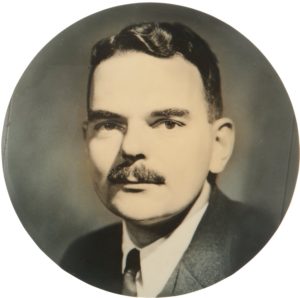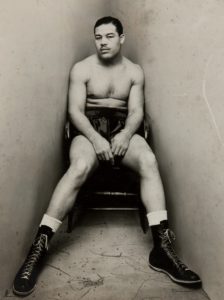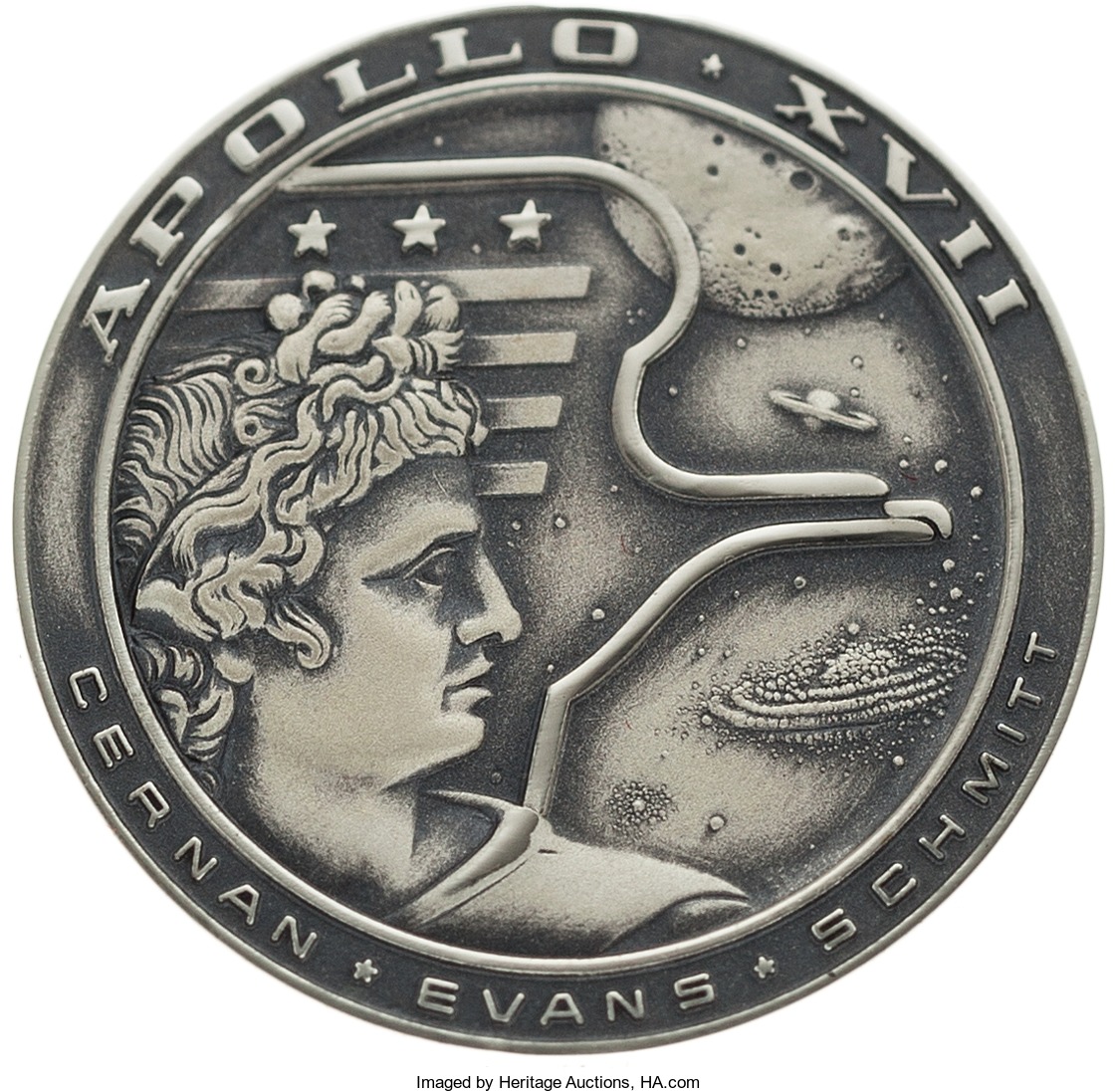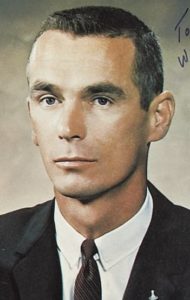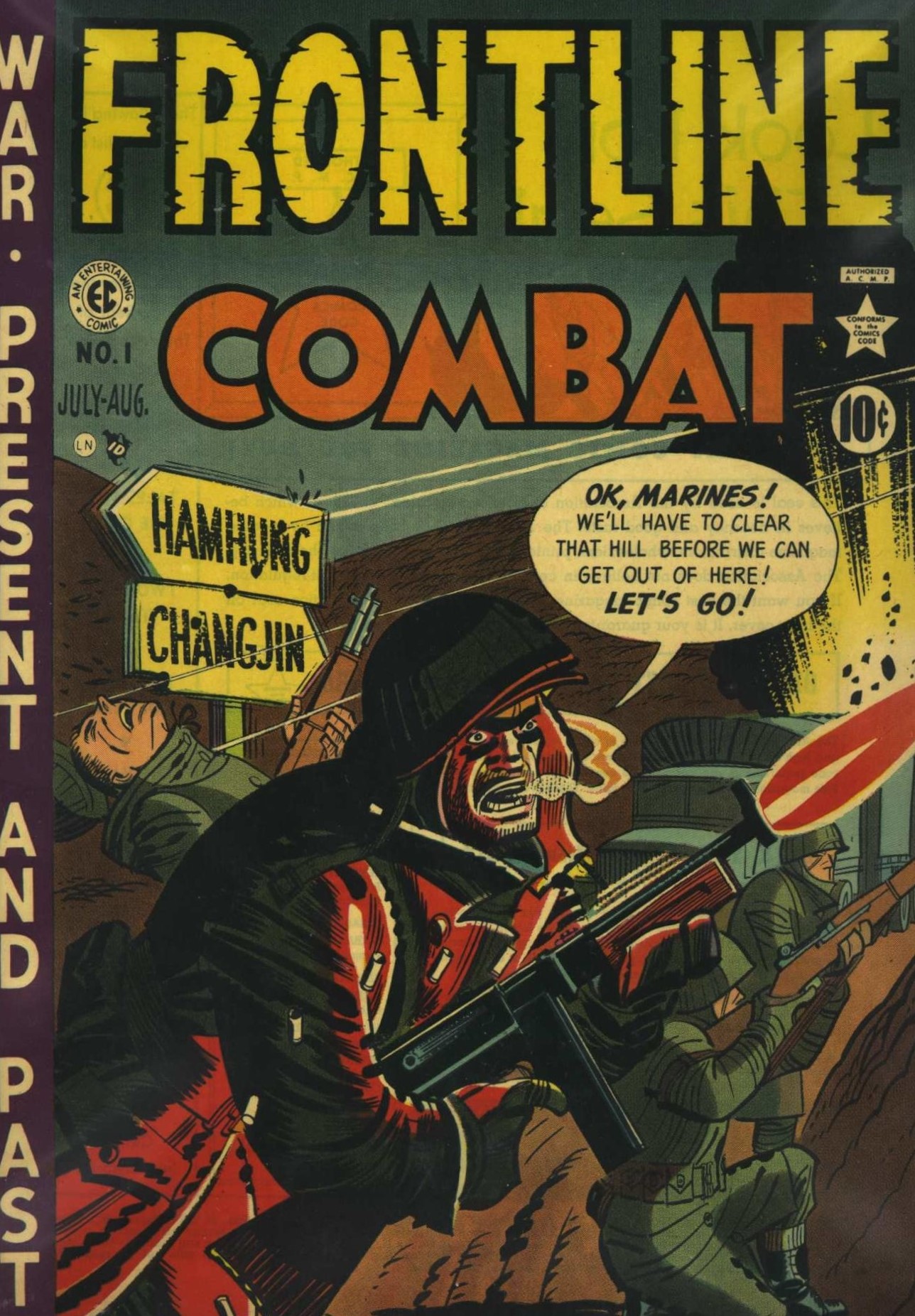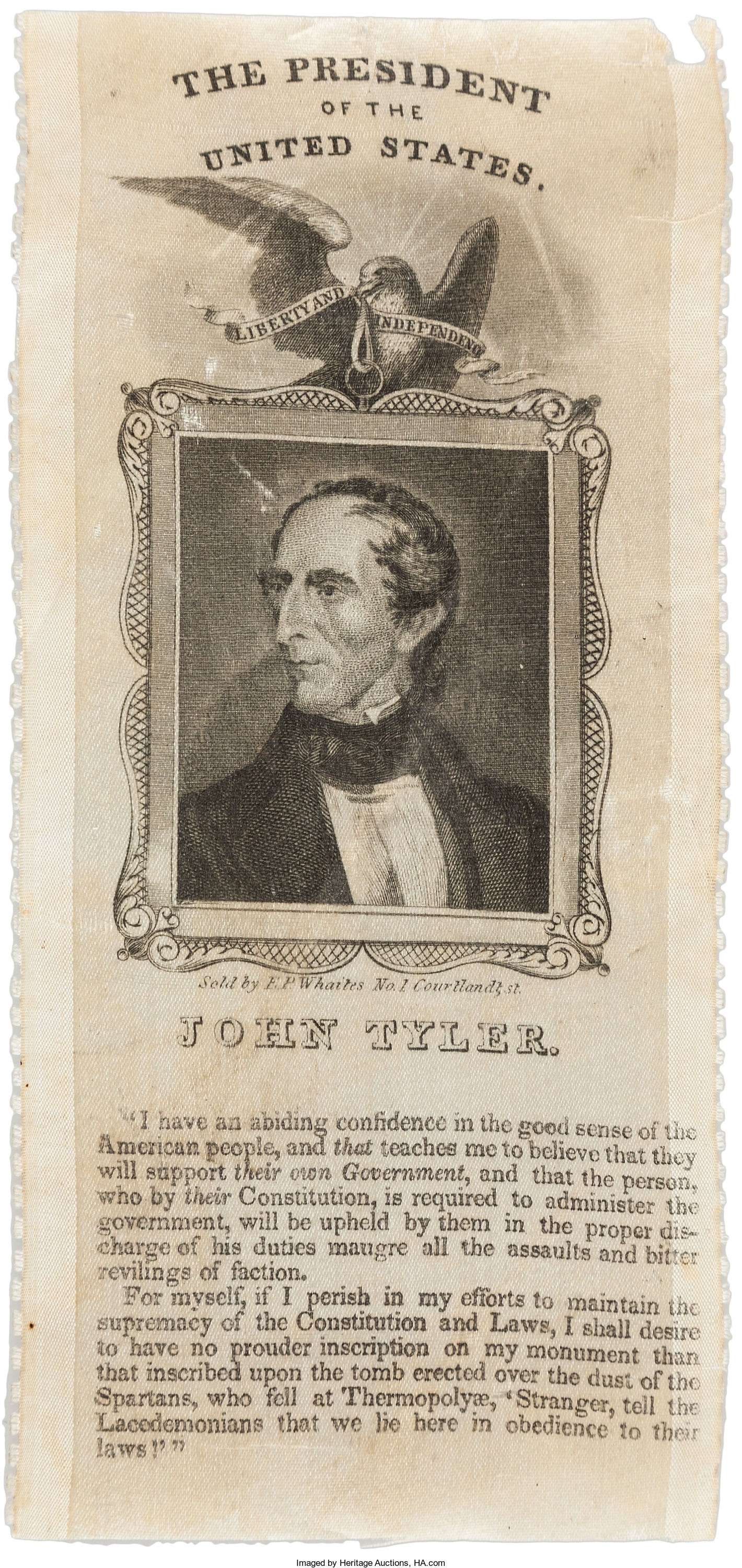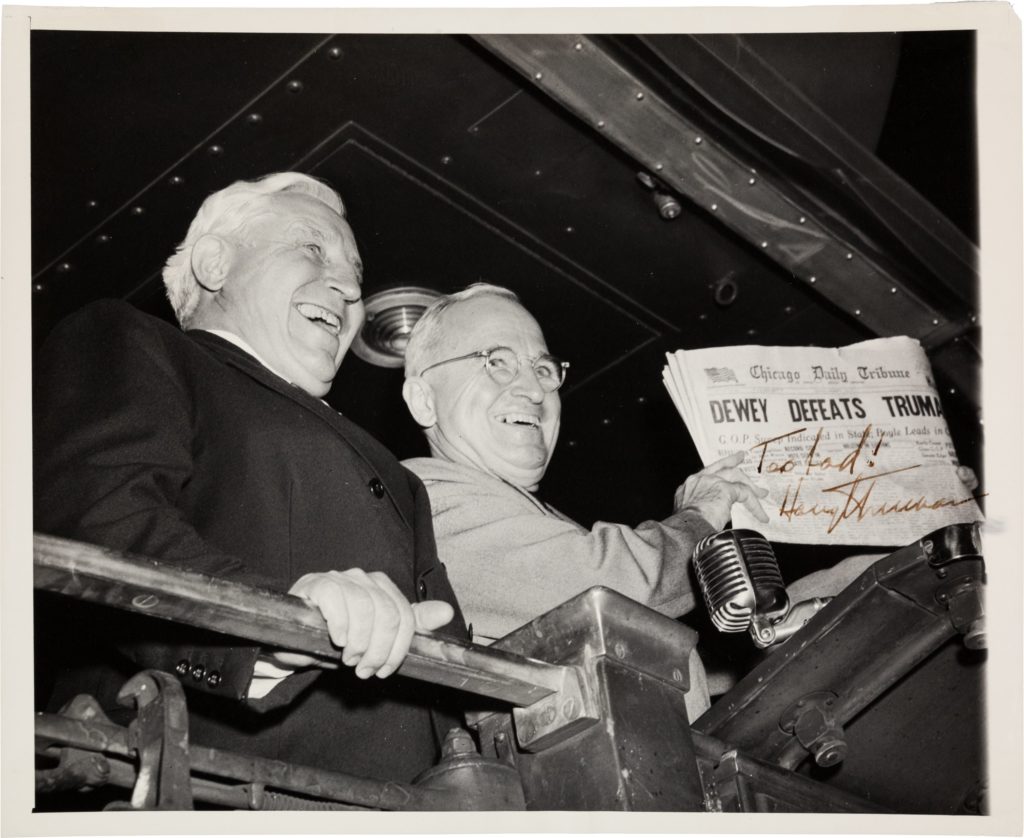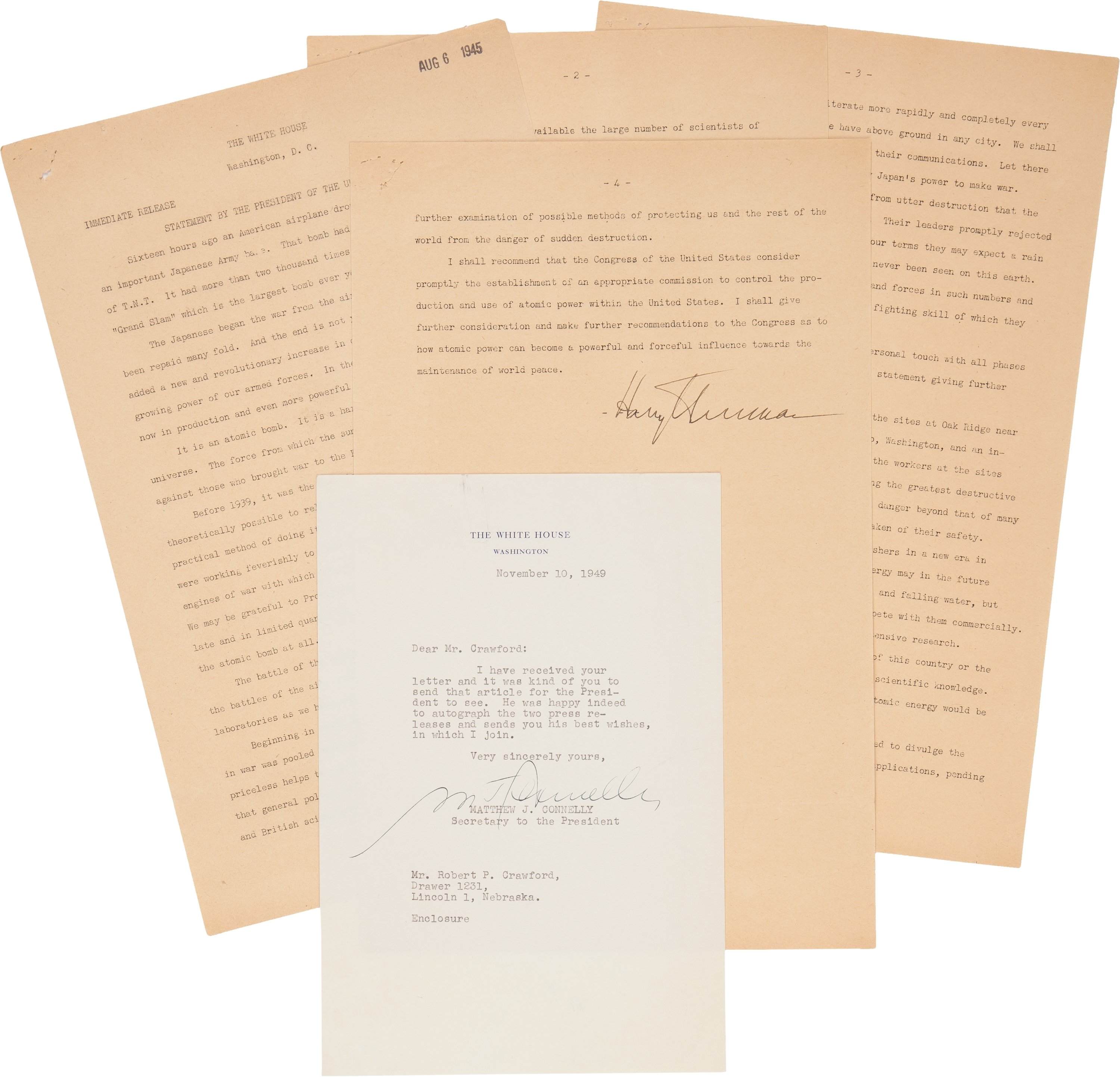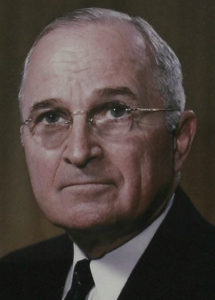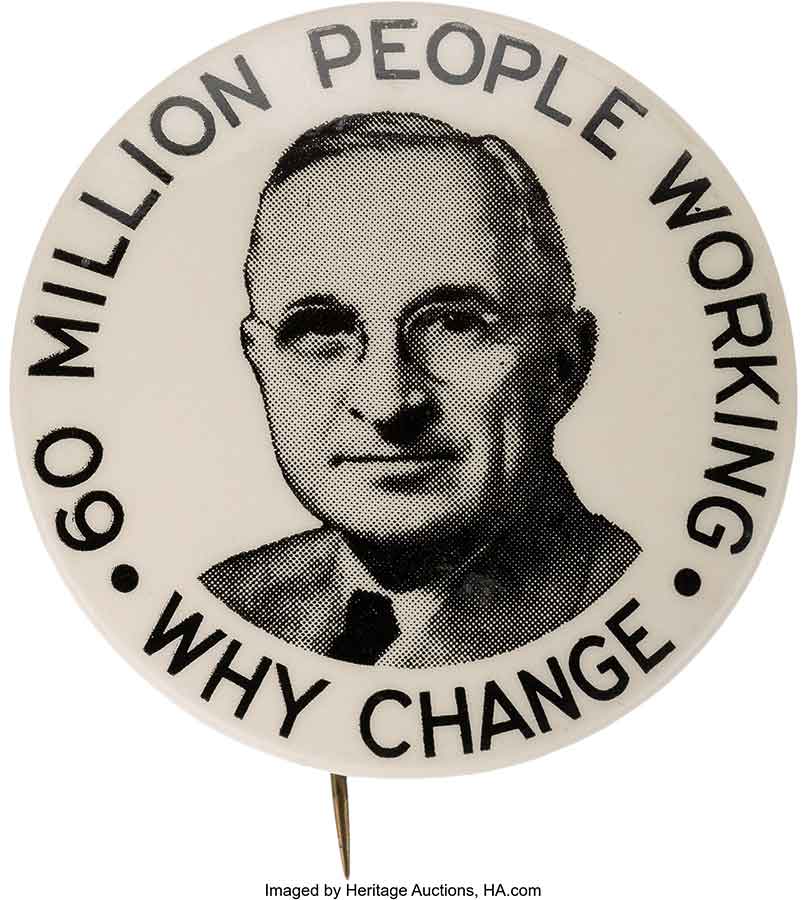
By Jim O’Neal
Harry Truman was born on May 8, 1884, in Lamar, Missouri. This was during the White House years of Chester Arthur, who had succeeded to the presidency after the assassination of James Garfield. Garfield had been shot on July 2, 1881, in a Washington train station. The doctors were unable to locate and remove the bullet and, in the process, exposed Garfield to unsterile instruments that caused a fatal infection.
Alexander Graham Bell made two attempts to locate the bullet with a homemade metal detector, but Garfield was on a mattress composed of steel wires that distorted the sound. President Garfield lasted until September 19, but Dr. Doctor Bliss (yes, that’s his real name) had ignored the new medical research of Joseph Lister linking germs to infections and the critical need for clean hands and instruments. Garfield’s death could have been ruled medical malpractice even in those early days.
In Truman’s lifetime, two more vice presidents — Theodore Roosevelt and Calvin Coolidge — would become president following the deaths of William McKinley (1901) and Warren Harding (1923). John Tyler had become the 10th president in 1841 by establishing this important precedent for vice presidents — since there were others who favored vice president “acting as president” and the Constitution had been ambiguous on the question of presidential succession.
Now it was 104 years later and the United States was heavily involved in World War II. Truman had only been vice president for 82 days when President Franklin D. Roosevelt died on April 12, 1945. Chief Justice Harlan Stone administered the oath of office to President Truman at 7:09 p.m. Earlier that day he had been hurriedly told of a new, highly destructive weapon; however, there had not been time to brief him on the details. He was the seventh vice president to follow the death of a president.
Most historians agree that the new president was faced with an unprecedented surge of history, with larger, more difficult global decisions than any president before him. Neither Abraham Lincoln, with a pending civil war, nor FDR, in his tumultuous first 100 days, had to contend with issues of this magnitude. His big advantage was that he was savvy enough to recognize it. On his first full day, he famously told a group of reporters: “Boys, if you ever pray, pray for me now…when they told me…I felt like the moon, the stars and all the planets had fallen on me!”
To magnify the complexity of the challenge, Truman had no relations with our main allies British or Russian. No firsthand knowledge of Stalin or Churchill. He had no background in foreign policy, and Roosevelt had not included him in high-level decisions or plans. He didn’t even know his secretary of state, except to say hello. He was unprepared, confused and even frightened to some degree. The Washington Post summed it up as gently as possible: “It is needless to say that President Truman comes into this gigantic assignment under a handicap.” The paper then went on to write a candid editorial that left nothing to interpretation.
One thing he did have, although he wouldn’t find out until April 25, was an atomic bomb. This would prove to be one of the most astonishing game changers in recorded history. Then two weeks later, Germany surrendered and the nation celebrated victory in Europe (V-E Day). The date was May 8, Truman’s birthday. He was now 61 years old. The problem had been simplified. Defeat Japan.
We know now how the war ended; however, at the time, there were options. By the summer of 1945, the defeat of Japan was a foregone conclusion. The Japanese navy and air force were destroyed. The naval blockade of Japan and intensive bombing of the cities had devastated the country and the economy. Okinawa had been captured, and the Allies could easily launch an invasion of the main home islands. An invasion would be 10 times worse than Normandy, and the Japanese would fight to the last death.
The issue remained: how to get a full Japanese surrender.
In the end it would take two atomic bombs on Hiroshima and Nagasaki to obtain a full surrender.
The man from Missouri continues to rise in the ranks of American presidents.
He was one tough dude.
 Intelligent Collector blogger JIM O’NEAL is an avid collector and history buff. He is president and CEO of Frito-Lay International [retired] and earlier served as chair and CEO of PepsiCo Restaurants International [KFC Pizza Hut and Taco Bell].
Intelligent Collector blogger JIM O’NEAL is an avid collector and history buff. He is president and CEO of Frito-Lay International [retired] and earlier served as chair and CEO of PepsiCo Restaurants International [KFC Pizza Hut and Taco Bell].

